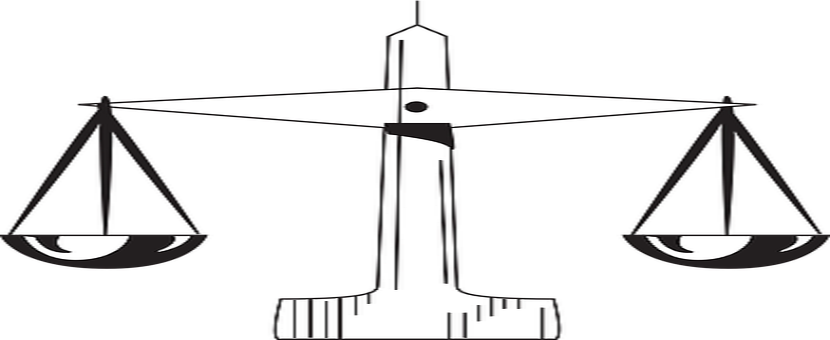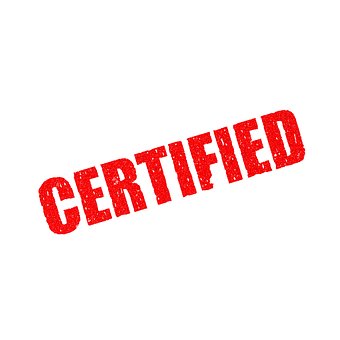Omisore v. Aregbesola [2015] 15 NWLR (Pt. 1482) 205 at 294, paras. D-H, per Nweze, JSC:
“The first documents, as shown above, are public documents (exhibits 1-185). I entirely agree with the submissions of the cross-appellant with regard to their admissibility. Pursuant to section 104 of the Evidence Act, 2011, the said documents which, merely had CTC stamps bearing engraved signatures on them without the subscription of the name and the official title of the officer who certified them, were not properly certified in conformity with the mandatory requirements of section 104 (supra)… Most worrisomely, there are several pencil inscriptions, evidently, additions to the contents of the documents. These alterations, wittingly or unwittingly, had the effect of supplanting the main jurisprudential rationale for the statutory requirement that only duly certified copies of public documents are admissible where the parties do not intend to produce their originals…”
Blogger’s Note:
The above position aptly stated by the learned Justice of the Supreme Court further clarifies the point that merely having the words “certified true copy” on a public document does not satisfy the requirement for certification. It is now incumbent on the person applying for certification to ensure that the signature, name and the official title of the certifying officer are all contained on the certified document. These would go to support the authenticity of the document sought to be tendered and relied upon.
NB: The case is also an authority for the principle that it is not only internet-generated documents that are caught by the admissibility requirements of section 84 of the Evidence Act, 2011. See the case of Kubor v. Dickson [2013] 4 NWLR (Pt. 1345) 534, 577-578.
Interested in the full Judgment? Read here.














